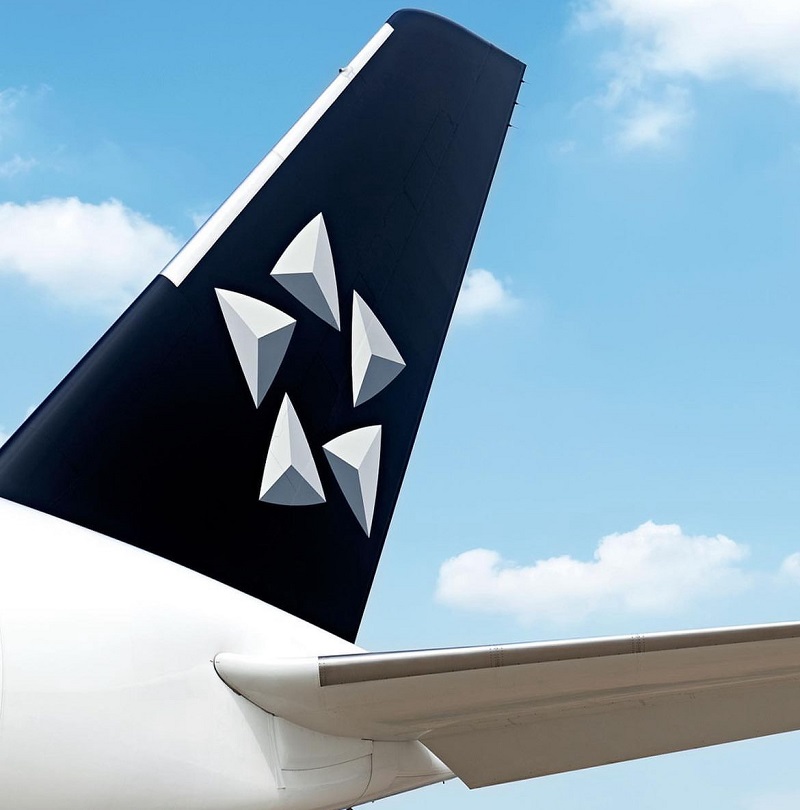
 2024-12-01 13:00:00
2024-12-01 13:00:00
Star Alliance was established on May 14th, 1997 by five airlines on three continents: United Airlines, Scandinavian Airlines, Thai Airways, Air Canada, and Lufthansa and they shared the star logo from the beginning, with its five points representing the founding airlines. The alliance adopted its first slogan, "The Airline Network for Earth", with its goal of "an alliance that will take passengers to every major city on earth". With a management team in Frankfurt and a fully integrated online reservations system, Star Alliance continues to develop products and services that suggest how all the alliances might evolve as they enter their third decade.
At the Los Angeles International Airport, a new 15,000-square-foot Star Alliance premium-class lounge opened in July, replacing 12 member-carrier lounges. The lounge—with showers, a business centre, free Wi-Fi, and all—day dining—is the third of its kind for Star, after Zurich and Nagoya, Japan, and additional lounges in London, Paris, and worldwide.
“These carriers could not have afforded to build such an elaborate space separately,” Mr. Klick said.
Star Alliance was the first airline alliance to offer worldwide reach, recognition, and seamless service to international travellers. It consists of 25 member carriers, each with its own distinctive culture and style of service. Alliance members come together to offer smooth connections across a vast global network. A project company based in Frankfurt, Germany, coordinates Star Alliance activities. It is a truly international workforce, mirroring the reach and multiculturalism of the Alliance, with a team made up of people from over 15 different countries.
SAS left Star Alliance on 31 August 2024 and officially became a member of SkyTeam on September 1, 2024.
Star Alliance's members are Aegean Airlines, Air Canada, Air China, Air India, Air New Zealand, ANA, Asiana Airlines, Austrian, Avianca, Brussels Airlines, Copa Airlines, Croatia Airlines, EGYPTAIR, Ethiopian Airlines, EVA Air, LOT Polish Airlines, Lufthansa, Shenzhen Airlines, Singapore Airlines, South African Airways, SWISS, THAI, TAP Air Portugal, Turkish Airlines and United Airlines.
The company’s mission is to “Execute leadership in managing a portfolio of alliance products and services using an agreed process”. These include airport co-locations, infrastructure, communication initiatives and other services to improve your travel experience. Today, with other member airlines Star Alliance serves over 725 million passengers annually. Star Alliance members’ fleet consists of more than 4,700 aircraft and offers 18,400 daily flights to 1,300 airports in 191 countries. An experience awaits travellers in over 1,000 lounges worldwide.
The alliance has a two-tier rewards program, Silver and Gold, with incentives including priority boarding and upgrades.
Gold Status: Your loyalty as a frequent flyer to the Star Alliance network has earned you Gold Status. We repay you by recognising you across the entire network with a special welcome and a set of privileges that will make your journey smoother and more comfortable.
Silver Status: Silver Status recognises that you have shown a good degree of loyalty to Star Alliance member airlines and earns you two privileges that can make your journey smoother. If you carry on flying with Star Alliance member airlines you may go on to qualify for Star Alliance's top status level, Star Alliance Gold.
Like other airline alliances, Star Alliance airlines share airport terminals (known as co-locations) and many member planes are painted in the alliance's livery.
From its first day, Star served every inhabited continent, in a clear illustration of why alliances exist: You can travel pretty much everywhere on alliance carriers. Wherever you’re based, if you are a frequent flyer there’s an alliance with a value proposition for you based on the perks of loyalty and seamless connections.